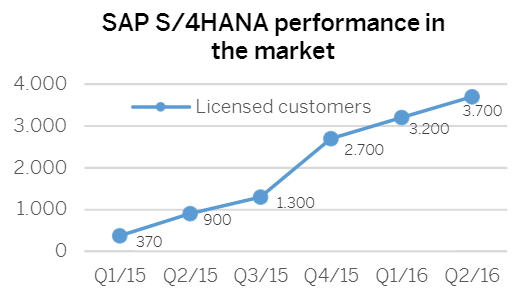AFRAID OF A.I. TAKING YOUR JOB? YEP, YOU LIKELY ARE
Despite the promise that robots and artificial intelligence could help many people do their jobs better, most simply aren't buying it. And a lot of people are still afraid that emerging technology will steal their jobs. Only 4% of 2,000 people surveyed said they thought emerging technologies would make their jobs easier, while 48% of those familiar with the idea of disruptive technologies fear it will cause layoffs in their industry and more than 38% said it might cost them their jobs personally. Computers powered by artificial intelligence are smart enough to threaten a range of jobs, whether computers developing treatment plans for cancer patients or Amazon.com opening a grocery store without checkout lines. That impact is already being felt. The World Economic Forum expects automation, including AI, to result in the loss of at least 5 million jobs globally by 2020. Who's the most anxious about being replaced by a robot or another smart system? Those working in pub...





